How much fuel does a private jet use? It is crucial for several reasons. Whether you’re a potential buyer, an operator, or simply curious about the aviation industry.
How much fuel does a private jet use? The fuel consumption of a private jet varies widely based on its size and model, but they typically burn around 200 to 400 gallons per hour.
Contents
Understanding the factors that influence private jet fuel burn can provide valuable insights.
This knowledge helps in estimating costs, planning flight routes, and making informed decisions.
The amount of fuel a private jet consumes depends on various factors such as aircraft size, weight, speed, altitude, and weather conditions.
Different types of private jets have varying hourly fuel burn rates.
For example, smaller light jets typically consume around 200-300 gallons per hour (GPH), while larger business jets may use anywhere from 500-800 GPH.
By exploring the intricacies of private jet fuel consumption and its influencing factors, we can gain a better understanding of this aspect of aviation.
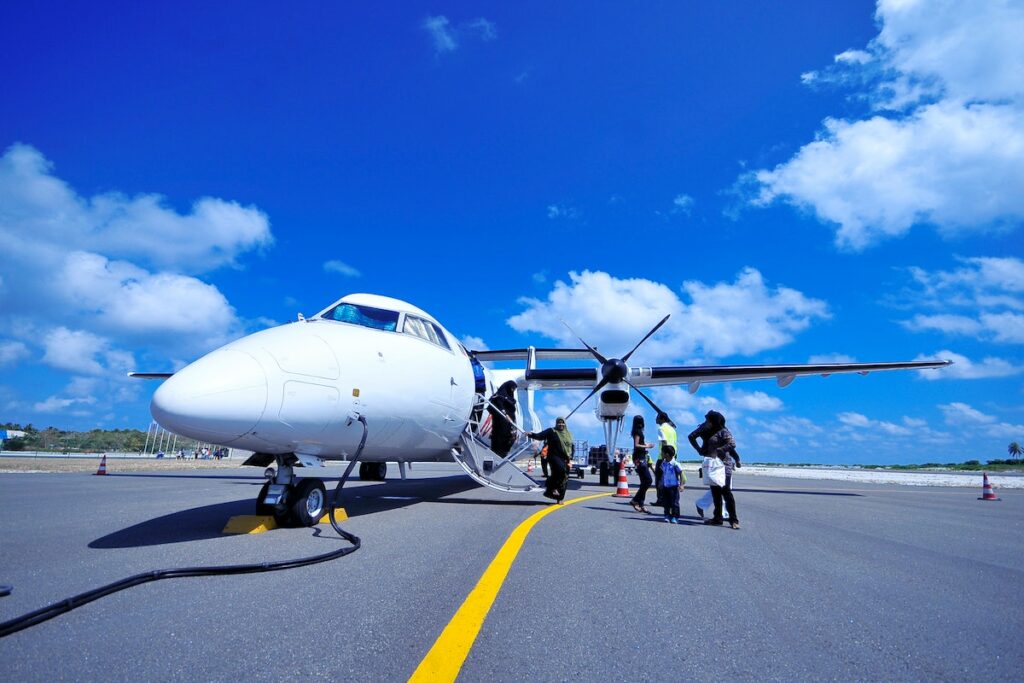
How Much Fuel Does A Private Jet Use? Factors Affecting Private Jet Fuel Burn
Weather Conditions: The weather plays a significant role in how much fuel a private jet uses. When flying against strong headwinds.
The aircraft needs to exert more power and burn more fuel to maintain its speed and reach its destination on time.
Similarly, adverse weather conditions such as storms or turbulence can cause the pilot to take longer routes or alter the altitude, resulting in increased fuel consumption.
Aircraft Weight: The weight of the aircraft is another crucial factor that affects fuel burn. The heavier the aircraft, the more energy it requires to stay airborne.
This means that a private jet carrying more passengers or cargo will consume more fuel compared to when it’s lighter.
It’s like trying to ride a bicycle uphill with a heavy backpack versus riding without any extra weight – you’ll use up more energy in the former scenario.
Flight Distance and Duration: Naturally, the distance and duration of a flight have an impact on how much fuel is burned by a private jet.
Longer flights require more fuel since they cover greater distances. If there are multiple stops during a journey, each takeoff and landing consumes additional fuel.
Think of it like driving your car for longer distances – you’ll need to fill up your gas tank more often.
Engine Efficiency: The efficiency of the engines installed in a private jet also plays a crucial role in determining its fuel consumption.
Modern engines are designed to be highly efficient, burning less fuel while generating sufficient power for flight.
Older models may not be as efficient, leading to higher fuel burn rates.
It’s similar to using energy-saving light bulbs versus traditional incandescent ones – they both provide light but with different levels of efficiency.
Fuel Type: The type of fuel used by a private jet can impact its overall fuel consumption as well.
Different types of fuels have varying energy densities, which affect how efficiently they burn and produce thrust for flight.
For example, some private jets use jet fuel, while others may use aviation gasoline. Jet fuel generally has a higher energy density and thus allows for more efficient fuel burn.

Hourly Fuel Burn Rates For Very Light Jets
Very light jets, also known as light jets, are a popular choice for private jet travel.
These aircraft are designed for shorter trips with fewer passengers, making them ideal for quick getaways or business travel.
Very light jets typically burn around 1000 pounds of fuel per hour. Some examples of very light jets include the Cessna Citation Mustang, HondaJet, and Eclipse 550.
These aircraft are known for their speed and efficiency, allowing travelers to reach their destinations in a timely manner.
With their compact size and lightweight design, very light jets offer a convenient and cost-effective option for those looking to fly privately.
One of the key considerations in this category is fuel efficiency. Very light jets are designed to maximize fuel economy while still providing a comfortable flying experience.
This means that they can cover more distance using less fuel compared to larger private jets.
The use of advanced aerodynamics and efficient engines helps these aircraft achieve impressive fuel burn rates.
The Cessna Citation Mustang is a prime example of a very light jet that prioritizes fuel efficiency.
With its powerful yet economical engines, this aircraft has an average hourly fuel burn rate of approximately 1000 pounds.
This allows travelers to enjoy the benefits of private jet travel without breaking the bank on excessive fuel costs. The HondaJet is another notable player in the very light jet category.
It boasts an innovative over-the-wing engine mount design that not only enhances performance but also contributes to improved fuel efficiency.
With an average hourly fuel burn rate similar to that of the Cessna Citation Mustang, the HondaJet offers a reliable and efficient option for private jet travel.
The Eclipse 550 is renowned for its affordability and operational efficiency.
This very light jet features twin Pratt & Whitney PW610F turbofan engines that deliver both power and excellent fuel economy.
With an hourly fuel burn rate comparable to other jets in its class, the Eclipse 550 provides a cost-effective solution for shorter flights.
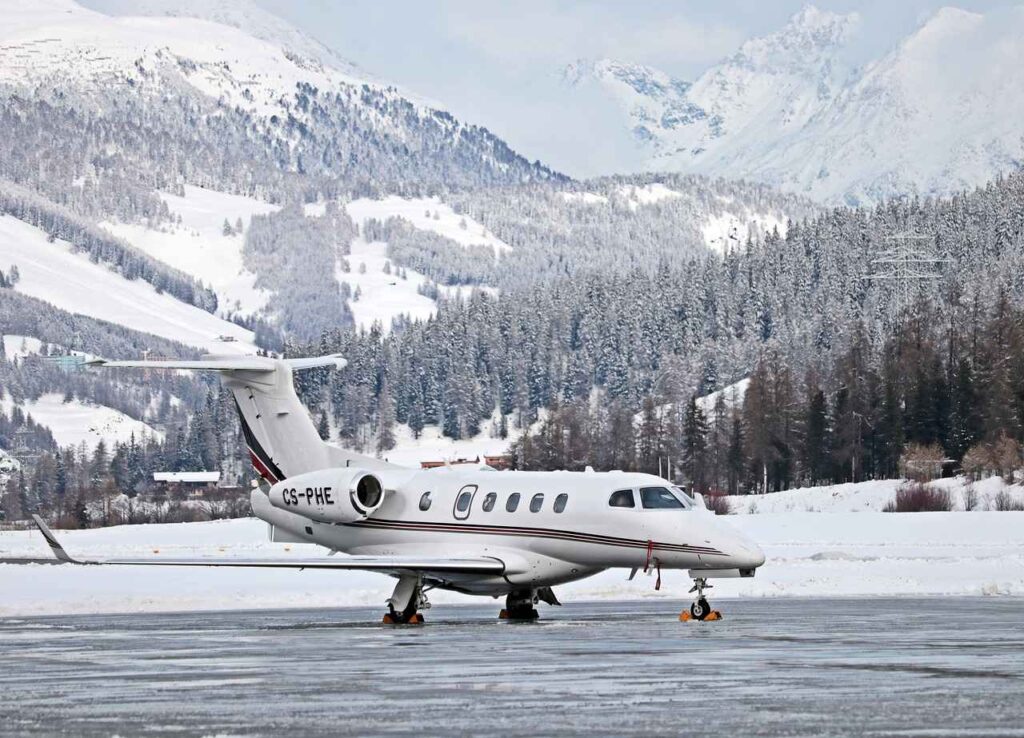
Hourly Fuel Burn Rates For Light Jets
Light jets are a popular choice for private jet travel, offering a balance between efficiency and passenger capacity.
These jets generally have an hourly fuel burn rate between 1200 to 1800 pounds. This means that for every hour of flight time, they consume this amount of fuel.
Some well-known light jet models include the Learjet 45, Phenom 300, and CJ4.
These jets are suitable for regional travel, allowing passengers to reach their destinations quickly and comfortably.
While they may not have the same range as larger aircraft, they offer convenience and flexibility for shorter trips.
One advantage of light jets is their efficient engines, which contribute to better mileage in this segment.
This means that they can cover more distance with less fuel compared to larger aircraft. Efficient engines help reduce operating costs while still providing a comfortable flying experience.
Let’s take a closer look at some key points about light jets:
Pros of Light Jets:
- Suitable for regional travel: Light jets are ideal for flights within a specific region or shorter distances.
- Moderate passenger capacity: These jets typically accommodate around six to eight passengers comfortably.
- Time-saving: Light jets allow passengers to avoid long layovers or multiple connections when traveling to smaller airports.
Cons of Light Jets:
- Limited range: Light jets have a shorter range compared to larger aircraft, making them less suitable for transcontinental or international flights.
- Restricted luggage space: Due to their smaller size, light jets may have limited storage space for luggage and cargo.
- Higher operational costs: Although lighter on fuel consumption compared to larger aircraft, light jets may still incur higher operational costs due to maintenance and other factors.

Hourly Fuel Burn Rates For Super Light Jets
Super light jets are known for their efficiency and speed, making them a popular choice for short-haul flights.
These jets typically burn approximately 1500 to 2000 pounds of fuel per hour. Let’s take a closer look at some examples of super light jets and their hourly fuel burn rates.
Examples of Super Light Jets
- Citation XLS+: The Citation XLS+ is a well-known super light jet that offers impressive performance and fuel efficiency. It has an hourly fuel burn rate of around 1750 pounds, making it an economical choice for private jet travel.
- Hawker 400XP: Another notable super light jet is the Hawker 400XP. This aircraft burns approximately 1600 pounds of fuel per hour, striking a balance between performance and economy.
- Phenom 100EV: The Phenom 100EV is a sleek and efficient super light jet with an hourly fuel burn rate of about 1800 pounds. It combines style, comfort, and cost-effectiveness in its operations.
Ideal for Short-Haul Flights
Super light jets are particularly suitable for short-haul flights due to their improved speed capabilities compared to lighter counterparts.
These jets can swiftly transport passengers between nearby destinations without requiring excessive amounts of fuel.
The advantage of lower hourly fuel burn rates in super light jets becomes apparent when considering shorter distances or flights with fewer passengers on board.
They offer the convenience of private air travel without incurring exorbitant costs associated with larger aircraft.
Maintaining Performance and Economy
For owners and operators of super light jets, maintaining a balance between performance and economy is crucial.
While these jets provide enhanced speed capabilities, it’s essential to optimize flight planning to ensure efficient use of fuel resources.
Proper weight management, route optimization, and adherence to recommended operating procedures play key roles in maximizing fuel efficiency.
Regular maintenance and upgrades to the aircraft’s engines and systems can also contribute to improved performance and reduced fuel consumption.

Hourly Fuel Burn Rates For Midsize Jets
Midsize jets are a popular choice for those who want to travel in style and comfort. These jets offer increased range and passenger capacity compared to smaller categories.
But one question that often comes up is, “How much fuel does a private jet use?” Let’s dive into the hourly fuel burn rates for midsize jets.
Midsize Jets: Fuel Efficiency Matters
Fuel efficiency is an important factor for cost-conscious operators.
Midsize jets strike a balance between performance and fuel consumption, making them an attractive option for many travelers.
On average, midsize jets have an hourly fuel burn rate ranging from 2000 to 2500 pounds per hour.
Popular Models: Gulfstream G150, Falcon 50EX, Citation Latitude
There are several popular midsize jet models known for their reliability and performance. The Gulfstream G150, Falcon 50EX, and Citation Latitude are among the top choices in this category.
These jets offer impressive cruising speeds and can reach altitudes of up to 45,000 feet.
Fuel Burn Rates: Cessna Citation CJ1
Let’s take a closer look at one specific model – the Cessna Citation CJ1. This efficient business jet has an average hourly fuel burn rate of around 1900 pounds per hour.
With its cruise speed of approximately 380 knots (437 mph), the CJ1 can cover long distances without consuming excessive amounts of fuel.
Factors Affecting Fuel Burn Rate
The hourly fuel burn rate of a midsize jet can vary depending on several factors:
- Altitude: Flying at higher altitudes allows the aircraft to operate more efficiently due to reduced air resistance.
- Weight: The weight of the aircraft affects its overall performance and fuel consumption. Lighter loads generally result in lower fuel burn rates.
- Speed: Flying at optimal speeds helps to achieve better fuel efficiency. Midsize jets typically cruise at speeds ranging from 400 to 500 knots (460 to 575 mph).
- Flight Duration: Longer flights may have slightly higher fuel burn rates compared to shorter trips due to the additional time spent in the air.
Fuel Efficiency and Cost Savings
Choosing a midsize jet with good fuel efficiency can lead to significant cost savings over time.
By selecting an aircraft with a lower hourly fuel burn rate, operators can reduce their overall operating expenses.
This allows them to allocate funds for other aspects of their business or personal needs.

Hourly Fuel Burn Rates For Heavy Jets
Heavy jets are known for their impressive performance and luxurious amenities, but they also come with higher fuel consumption rates.
Let’s take a closer look at how much fuel these private jets use on an hourly basis.
Heavy Jets Consume Around 2500 to 3500 Pounds of Fuel per Hour
Their fuel burn rates can range from approximately 2500 to 3500 pounds per hour. This means that for every hour of flight, these aircraft consume a significant amount of fuel.
The exact rate may vary depending on factors such as the specific model, weight, altitude, and speed.
Examples Include Gulfstream G550, Bombardier Global Express, and Falcon 900LX
Some examples of heavy jets that fall into this fuel consumption range include the Gulfstream G550, Bombardier Global Express, and Falcon 900LX.
These aircraft are designed for long-range travel and offer spacious cabins with luxurious amenities.
They often feature larger passenger capacities and have the ability to fly non-stop over vast distances.
Designed for Long-Range Travel with Luxurious Amenities and Larger Passenger Capacity
Heavy jets are specifically designed for travelers who require long-range capabilities without compromising on comfort or luxury.
These aircraft offer ample space for passengers to relax and enjoy the journey while providing all the necessary amenities one would expect in a high-end private jet.
Optimizing Fuel Burn Becomes Crucial Due to Higher Consumption Rates
Given the higher fuel consumption rates of heavy jets, optimizing fuel burn becomes crucial not only from an economic standpoint but also from an environmental perspective.
By implementing efficient flight planning techniques and utilizing advanced technology systems onboard these aircraft, operators can minimize their carbon footprint while maximizing efficiency.
To summarize:
- Heavy jets consume around 2500 to 3500 pounds of fuel per hour.
- Examples include Gulfstream G550, Bombardier Global Express, and Falcon 900LX.
- Designed for long-range travel with luxurious amenities and larger passenger capacity.
- Optimizing fuel burn becomes crucial due to higher consumption rates.
It’s important for private jet operators to be mindful of their fuel usage and explore ways to reduce it without compromising safety or comfort.
By implementing fuel-saving strategies, such as optimizing flight routes, maintaining proper aircraft weight, and utilizing advanced technology systems.
Heavy jet operators can minimize their environmental impact while still enjoying the benefits of these remarkable aircraft.

Hourly Fuel Burn Rates For Ultra Long Range Jets
Ultra long-range jets are known for their ability to cover vast distances without the need for refueling stops.
These jets, such as the Gulfstream G650ER, Bombardier Global 7500, and Dassault Falcon 8X, are designed to provide unparalleled range and comfort for those who travel long distances frequently.
But how much fuel do these private jets actually use?
The hourly fuel burn rate for ultra long-range jets typically ranges from 4000 to 6000 pounds per hour.
This means that these aircraft consume a significant amount of fuel during each hour of flight.
The exact fuel burn rate can vary depending on factors such as altitude, speed, payload, and weather conditions.
One of the main reasons why ultra long-range jets have higher fuel burn rates is because they are built to fly at high speeds over long distances.
These aircraft often operate at cruising speeds of around Mach 0.85 or higher, allowing them to cover thousands of miles in a relatively short amount of time.
However, this increased speed also leads to higher fuel consumption.
Despite their high fuel burn rates, ultra long-range jets are still able to achieve impressive ranges without refueling stops.
For example, the Gulfstream G650ER has a maximum range of approximately 7,500 nautical miles (13,890 kilometers) with eight passengers on board.
This means that it can fly nonstop from New York to Hong Kong or Los Angeles to Sydney without needing to refuel.
To ensure that they can complete these long-haul flights without any issues, ultra long-range jets require substantial fuel reserves.
These reserves take into account factors such as alternate airport options in case of emergencies or unexpected changes in weather conditions.
Advanced aerodynamics also play a crucial role in improving the overall fuel efficiency of ultra long-range jets.
These aircraft feature sleek designs and wing configurations that minimize drag and optimize fuel consumption.
By reducing drag, these jets can fly more efficiently, resulting in lower fuel burn rates and extended range capabilities.

Private Jet Fuel Consumption And It’s Impact On The Environment
Private jets are known for their luxury and convenience, but have you ever wondered how much fuel they actually use?
Let’s delve into the environmental implications of private jet fuel consumption and explore efforts towards reducing carbon footprints in the industry.
Carbon Emissions Associated with Private Jet Operations
Private jets rely on jet fuel to power their engines and enable flight.
Unfortunately, this combustion process releases carbon dioxide (CO2) emissions into the atmosphere, contributing to climate change.
The amount of CO2 emitted by a private jet depends on various factors such as aircraft type, distance traveled, and passenger load.
Efforts Towards Reducing Carbon Footprint in the Industry
The aviation industry recognizes the need to address its environmental impact and has been actively working towards reducing carbon emissions. Here are some notable efforts:
- Improving Fuel Efficiency: Aircraft manufacturers have been designing more fuel-efficient engines and airframes to reduce overall fuel consumption. These advancements aim to optimize performance while minimizing environmental impact.
- Sustainable Practices: Private jet operators are adopting sustainable practices such as optimizing flight routes, reducing unnecessary weight onboard, and implementing efficient ground operations. These measures help minimize fuel usage and subsequently lower carbon emissions.
- Investment in Alternative Fuels: Research is underway to explore alternative fuels that have a lower carbon footprint compared to traditional jet fuels. For example, some private jets have successfully flown using biofuels derived from renewable sources like plant oils or algae.
- Carbon Offsetting Programs: Many private jet operators participate in carbon offsetting programs where they invest in projects that reduce greenhouse gas emissions elsewhere. This helps compensate for the CO2 emitted during flights and contributes to a more sustainable aviation industry.
Importance of Exploring Alternative Fuels for a Greener Aviation Future
As we strive for a greener future, exploring alternative fuels becomes crucial for the aviation industry. Here’s why:
- Reduced Emissions: Alternative fuels have the potential to significantly reduce carbon emissions compared to traditional jet fuels. By adopting these fuels, private jets can contribute to a cleaner and more sustainable environment.
- Energy Security: Diversifying fuel sources by incorporating alternative fuels reduces dependence on fossil fuels, enhancing energy security for the aviation industry.
- Technological Advancements: Developing and implementing alternative fuels requires innovative technologies, which can drive advancements in aviation and benefit other sectors as well.
- Public Perception: Embracing greener practices can improve public perception of private jet travel and the aviation industry as a whole. It demonstrates a commitment towards environmental responsibility and sustainability.

Cost Analysis: Calculating Private Jet Fuel Expenses
To determine how much fuel a private jet uses, several factors need to be considered. One of the main factors is the current market price of fuel per gallon or pound.
This price can vary depending on various factors such as location and global oil prices.
Another crucial factor influencing total fuel expenses is the flight distance. The longer the distance, the more fuel will be required to complete the journey.
Different aircraft types have varying fuel consumption rates, which can impact overall costs.
Private jet owners/operators must also take into account prevailing fuel rates when budgeting for anticipated fuel costs.
By keeping an eye on fluctuations in fuel prices, they can estimate and plan their expenses accordingly.
Optimizing routes and operational practices plays a significant role in minimizing fuel expenses.
By selecting efficient flight paths and employing best practices during flights, private jet owners/operators can reduce their overall fuel consumption and subsequent costs.
Factors influencing total fuel expenses:
- Flight Distance: The longer the distance traveled, the more fuel will be consumed.
- Aircraft Type: Different aircraft have varying levels of fuel efficiency, affecting overall fuel consumption.
- Prevailing Fuel Rates: Monitoring fluctuating market prices helps in estimating and budgeting for anticipated costs.
Budgeting considerations for private jet owners/operators:
- Anticipated Fuel Costs: Keeping track of current market prices allows for accurate budgeting.
- Fuel Efficiency: Choosing an aircraft with better mileage can help reduce long-term expenses.
- Flight Planning: Optimizing routes to minimize travel time and distance helps save on fuel costs.
It’s important to note that while private jets offer convenience and luxury, they also come with substantial operating costs.
Fuel expenses are just one aspect of these costs; other factors such as maintenance, crew salaries, insurance premiums.
And landing fees should also be taken into consideration when calculating overall expenditures.

Insights into Private Jet Fuel Consumption
Private jet fuel consumption has been a topic of interest in recent years.
Let’s delve into some insights on the trends, technological advancements, regulatory measures, and industry initiatives that impact how much fuel private jets use.
Trends in Private Jet Fuel Consumption Over Time
Over the years, there have been significant improvements in private jet fuel efficiency.
Technological advancements in aircraft design and engine technology have played a crucial role in reducing fuel burn rates.
Newer models of private jets are designed to be more aerodynamic, resulting in reduced drag and improved fuel efficiency.
Impact of Technological Advancements on Aircraft Efficiency
Advancements such as winglets, which are small wingtip devices that reduce drag and enhance lift-to-drag ratio, have contributed to increased fuel efficiency.
These innovations help private jets fly longer distances with less fuel consumption. The development of more efficient engines has significantly reduced fuel consumption.
Modern engines incorporate advanced technologies like high-bypass turbofans and geared turbofans that optimize power output while minimizing fuel usage.
Role of Regulatory Measures for Fuel-efficient Operations
Regulatory measures also play a vital role in promoting fuel-efficient operations within the private jet industry.
Organizations like the International Civil Aviation Organization (ICAO) set standards and guidelines to encourage sustainable practices.
These regulations aim to reduce greenhouse gas emissions and promote environmentally friendly operations.
Some regulatory measures include:
- Implementation of noise abatement procedures: By reducing engine power during takeoff and landing phases, aircraft can operate at lower thrust levels, resulting in reduced fuel burn.
- Air Traffic Management (ATM) systems: Efficient routing by air traffic controllers helps minimize flight time and distance traveled, leading to lower overall fuel consumption.
- Mandating performance-based navigation (PBN): PBN allows for more precise navigation using satellite-based systems, enabling optimized flight paths that reduce both time spent in the air and associated fuel consumption.
Industry Initiatives and Collaborations for Optimizing Fuel Consumption
The private jet industry recognizes the importance of fuel efficiency and has taken initiatives to optimize fuel consumption further.
Collaboration between aircraft manufacturers, operators, and aviation stakeholders has resulted in innovative solutions to reduce fuel burn rates.
Some notable industry initiatives include:
- Development of sustainable aviation fuels (SAFs): SAFs are produced from renewable resources and have lower carbon emissions compared to conventional jet fuels. By promoting the use of SAFs, the industry aims to reduce its environmental impact.
- Implementation of data-driven analytics: Private jet operators leverage advanced data analytics tools to analyze flight data and identify areas for improvement in fuel consumption. This allows them to make informed decisions regarding flight planning, routing, and operational practices.

Conclusion
In conclusion, the fuel consumption of a private jet is influenced by various factors such as aircraft size, weight, speed, altitude, and distance traveled.
Understanding the hourly fuel burn rates for different types of jets can provide valuable insights into their efficiency and operational costs.
Very light jets typically have an hourly fuel burn rate of around 100-200 gallons, while light jets range from 200-400 gallons per hour.
Super light jets consume approximately 300-600 gallons per hour, midsize jets average around 500-800 gallons per hour, and heavy jets can go up to 1,000-1,500 gallons per hour.
Ultra long-range jets have the highest fuel consumption with rates ranging from 1,500-3,000 gallons per hour.
For those considering private jet travel or interested in the environmental impact of these aircrafts’ fuel consumption, it is crucial to understand the costs associated with flying privately.
Calculating private jet fuel expenses involves considering not only the hourly fuel burn rates but also current fuel prices and flight duration.
By factoring in these elements along with other operating costs like maintenance and crew salaries, individuals can make informed decisions regarding their travel options.
If you’re looking for more detailed information on private jet fuel consumption or seeking personalized advice based on your specific needs or preferences.
Consulting aviation experts or reaching out to reputable charter companies would be highly recommended.
They can provide tailored insights into different aircraft models and their corresponding fuel efficiencies while assisting you in making well-informed choices that align with your requirements.
FAQs
1. Are there any eco-friendly alternatives available for private jet travel?
While traditional private jets heavily rely on fossil fuels as their primary energy source, some companies are exploring sustainable aviation fuels (SAFs) made from renewable resources. SAFs have lower carbon emissions compared to conventional jet fuels, making them a more environmentally friendly option.
2. Can private jet owners or operators take measures to reduce fuel consumption?
Yes, there are several strategies that can help optimize fuel efficiency. These include proper flight planning, maintaining optimal altitudes and speeds, reducing excess weight on the aircraft, and implementing technological advancements like winglets to improve aerodynamics.
3. How does the fuel consumption of a private jet compare to commercial airlines?
Private jets typically consume more fuel per passenger than commercial airlines due to their smaller size and lower seating capacity. However, private jets often have the advantage of flying direct routes and avoiding layovers, which can offset some of the environmental impact.
4. Is it possible to estimate the fuel expenses for a specific private jet trip?
Yes, by considering factors such as aircraft type, distance traveled, current fuel prices, and other operational costs like landing fees and crew expenses, it is possible to estimate the overall fuel expenses for a particular trip with reasonable accuracy.
5. What are some other significant costs associated with private jet travel apart from fuel?
In addition to fuel costs, private jet travelers should consider expenses such as maintenance and inspections, hangar fees or parking charges at airports when not in use, insurance premiums, crew salaries or contract fees if hiring pilots separately from charter companies. These factors contribute to the overall cost of owning or chartering a private jet.

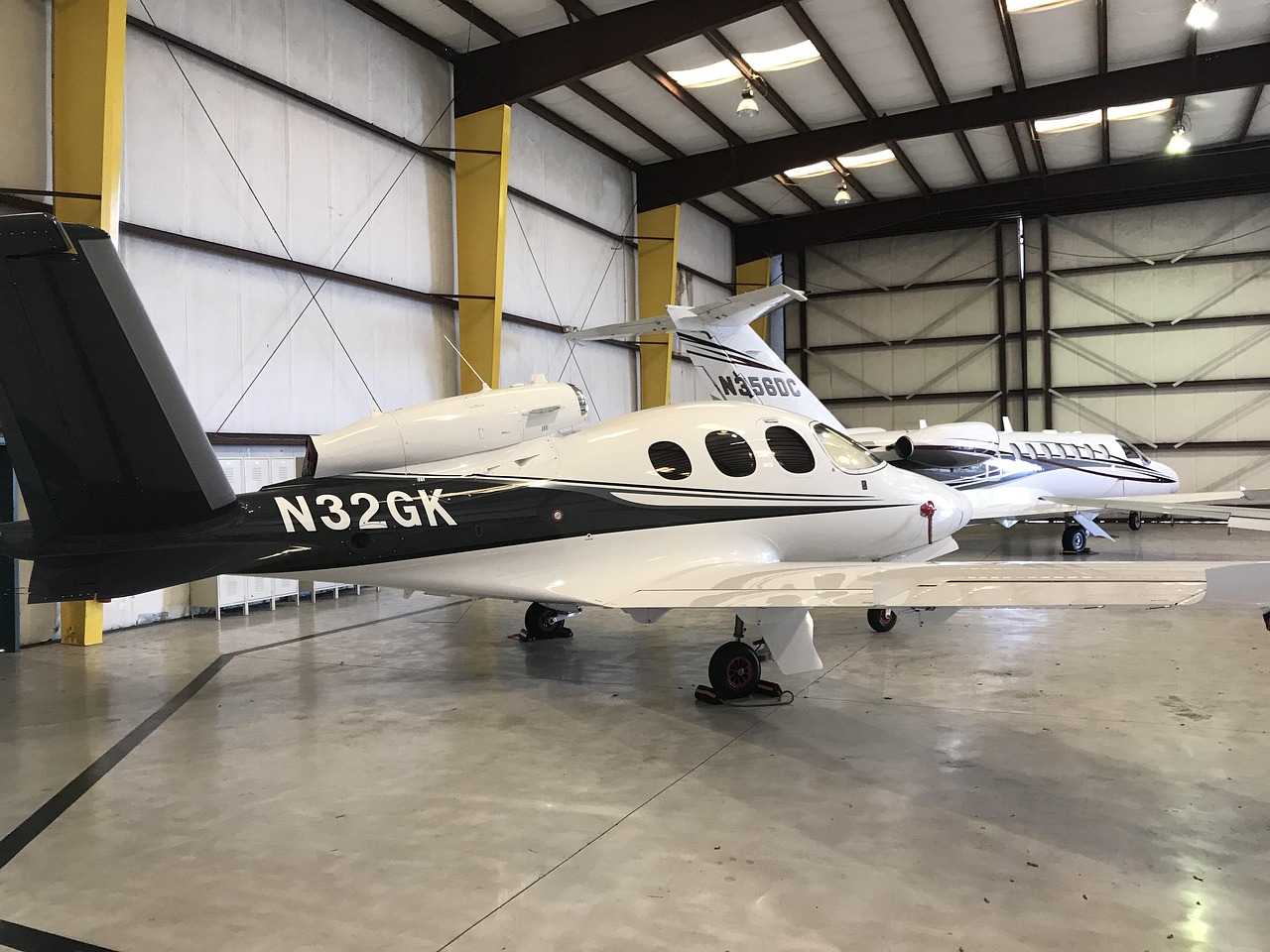



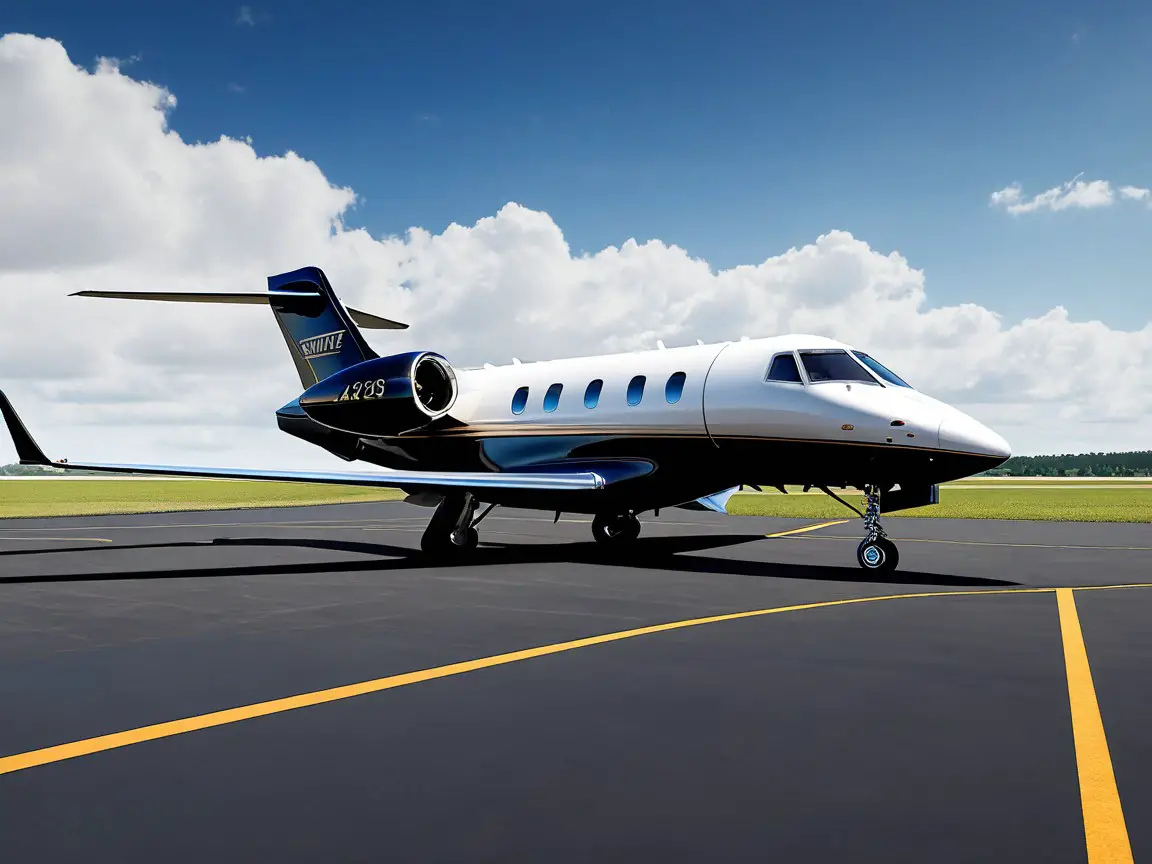
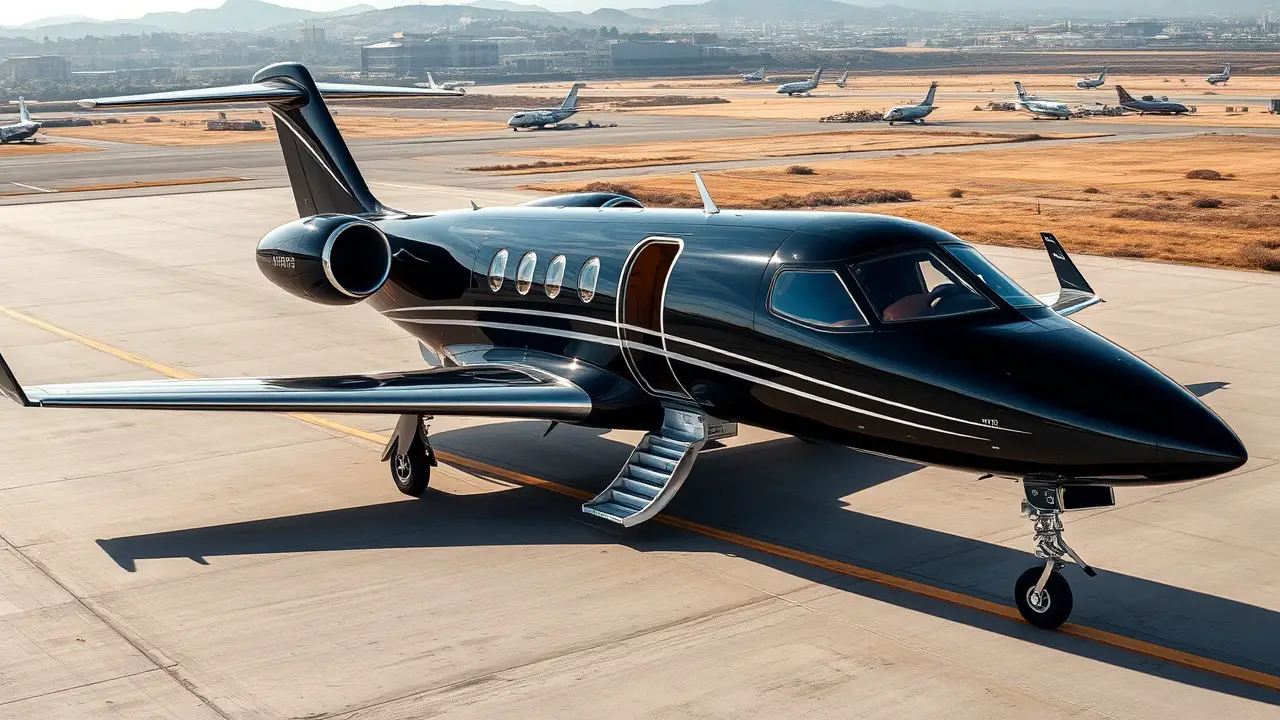
Leave a Reply